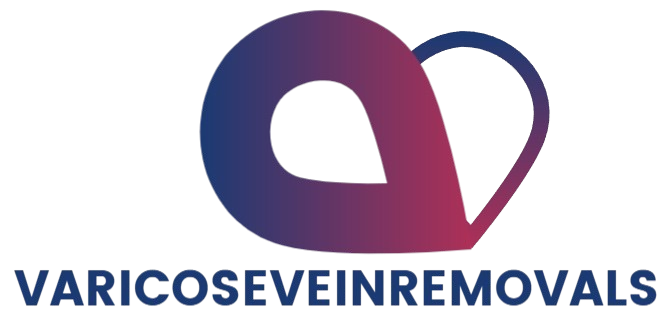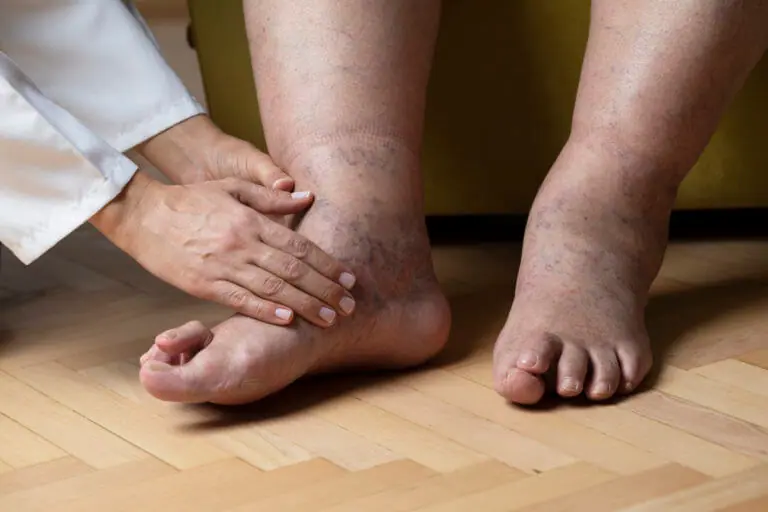Chronic vein disease, also known as chronic venous insufficiency (CVI), is a condition that affects the veins, particularly in the legs and ankles, causing blood to pool and stagnate. While often associated with visible symptoms like varicose veins and spider veins, the condition can lead to more serious complications if not properly managed. While most cases can be managed with conservative treatments, it’s crucial to be aware of the potential risks and take proactive steps to prevent further health issues.
What Is Chronic Vein Disease?
Chronic vein disease occurs when the valves in the veins that help direct blood flow toward the heart become weakened or damaged. These valves are essential for ensuring that blood flows in one direction and doesn’t pool in the veins. When these valves fail, blood can accumulate in the veins, leading to the bulging, twisted appearance commonly seen in varicose veins. This condition is more common in the legs due to the pressure exerted by gravity as blood is pumped upward toward the heart.
Factors like aging, obesity, pregnancy, prolonged standing, or even a sedentary lifestyle can increase the likelihood of developing CVI. Additionally, genetics play a significant role, with individuals having a family history of vein problems being more prone to the condition.
Common Symptoms of Chronic Vein Disease
Chronic vein disease can present a variety of symptoms, some of which are mild and others that may be more severe. Early signs of CVI often include:
- Varicose veins: Enlarged, rope-like veins that are visible just beneath the skin.
- Spider veins: Smaller, web-like veins that are less noticeable but still indicate venous issues.
- Leg swelling: Fluid accumulation in the legs, which can worsen throughout the day.
- Pain and heaviness in the legs: These sensations are particularly pronounced after long periods of standing or sitting.
- Itchy or discolored skin: The skin around the affected veins may become dry, rough, or even change color due to poor circulation.
- Fatigue: The legs may feel tired or weak, especially after periods of activity.
- Skin ulcers: In more severe cases, open sores can develop, usually around the ankles, as a result of poor circulation and vein damage.
While these symptoms are not always dangerous on their own, they can significantly impact a person’s quality of life. Without proper treatment, however, chronic vein disease can lead to severe complications.
Potential Complications of Chronic Vein Disease
While chronic vein disease can be manageable, certain complications can arise if the condition is left untreated or if the symptoms become more severe. Here are some of the major risks associated with CVI:
1. Blood Clots (Deep Vein Thrombosis – DVT)
One of the most serious complications of chronic vein disease is the development of blood clots, particularly deep vein thrombosis (DVT). This occurs when a blood clot forms in one of the deep veins in the leg, often as a result of poor blood circulation caused by damaged valves. If the clot is not detected and treated, it can dislodge and travel through the bloodstream toward the heart and lungs, which can be life-threatening.
2. Pulmonary Embolism (PE)
A pulmonary embolism is a dangerous condition that occurs when a blood clot breaks loose from a vein and travels to the lungs. It can block blood flow in the lungs, leading to severe complications or even death. The symptoms of a pulmonary embolism include:
- Shortness of breath
- Persistent coughing, sometimes with blood
- Sweating
- Rapid heart rate or palpitations
- Dizziness or fainting
A pulmonary embolism is a medical emergency and requires immediate treatment, usually in a hospital setting.
3. Venous Ulcers
Chronic vein disease can lead to the development of venous ulcers, which are open sores or wounds that appear around the ankles or lower legs. These ulcers occur when blood doesn’t circulate properly, causing the skin to break down. These wounds are often slow to heal and can become infected, leading to further complications. Venous ulcers are not only physically painful but also pose a significant emotional and psychological toll on patients due to their appearance and the difficulty in healing.
4. Skin Changes and Infections
As the blood pools in the veins, it can cause changes to the skin’s appearance and texture. This can include thickening, discoloration (darkened patches), and a rough or scaly appearance. In some cases, these skin changes can lead to infections if not properly managed, particularly around ulcers or open sores.
Managing Chronic Vein Disease and Preventing Complications
Although chronic vein disease can lead to serious health complications, most cases can be managed effectively with the right treatment. The first step in preventing further issues is early detection and intervention. If you notice any of the symptoms associated with CVI, it’s essential to seek medical advice from a vein specialist or doctor who can assess your condition and provide appropriate treatment.
Some common treatments for chronic vein disease include:
- Compression Therapy: Wearing compression stockings or wraps helps to improve circulation and reduce swelling in the legs. This is one of the simplest and most effective ways to manage CVI symptoms.
- Elevating the Legs: Regularly elevating your legs can reduce swelling and improve blood flow.
- Sclerotherapy: This treatment involves injecting a solution into the affected veins, which causes them to collapse and eventually be absorbed by the body.
- Laser Treatments: Laser therapy uses focused light to treat varicose veins, closing them off without the need for invasive surgery.
- Radiofrequency Ablation: This minimally invasive technique uses heat to seal off problematic veins, improving circulation and alleviating symptoms.
- Surgical Intervention: In more severe cases, surgery may be required to remove damaged veins or correct valve issues.
In addition to medical treatments, lifestyle changes can also help improve circulation and reduce the severity of chronic vein disease. Regular exercise, maintaining a healthy weight, avoiding prolonged standing or sitting, and eating a balanced diet are all crucial in managing CVI.
When to See a Doctor
If you experience any of the following symptoms, it’s important to consult a healthcare provider:
- Persistent pain, swelling, or heaviness in the legs
- Skin discoloration or ulcers near the ankles
- Increased visibility of varicose veins
- Shortness of breath, chest pain, or coughing up blood (which could indicate a pulmonary embolism)
Taking early action can help you manage chronic vein disease and prevent serious complications. By working closely with a doctor or vein specialist, you can significantly improve your quality of life and reduce the risk of developing more severe conditions.
Conclusion
Chronic vein disease, though common, requires attention to prevent complications like blood clots, venous ulcers, and pulmonary embolism. Early diagnosis and intervention, along with lifestyle adjustments and modern medical treatments, can make a significant difference in managing the condition and maintaining overall health. If you’ve been diagnosed with CVI, don’t wait for symptoms to worsen—take control of your health today to avoid future complications.



